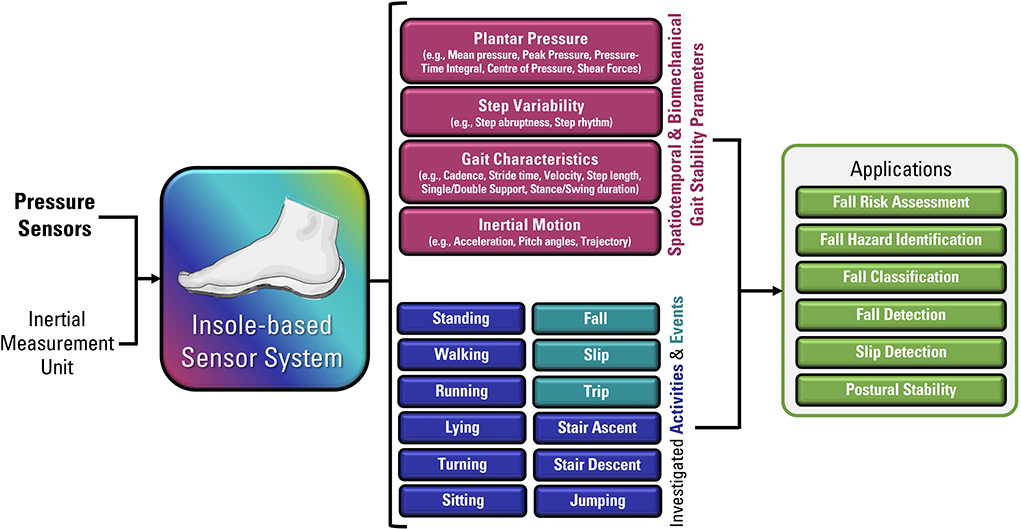The Ultimate Guide To Dementia Fall Risk
The Ultimate Guide To Dementia Fall Risk
Blog Article
The smart Trick of Dementia Fall Risk That Nobody is Talking About
Table of ContentsWhat Does Dementia Fall Risk Do?Dementia Fall Risk Things To Know Before You BuyThe Single Strategy To Use For Dementia Fall RiskExamine This Report on Dementia Fall Risk7 Simple Techniques For Dementia Fall Risk
The FRAT has three sections: drop threat standing, risk variable list, and activity strategy. A Fall Threat Condition consists of information regarding background of recent drops, medicines, emotional and cognitive status of the person - Dementia Fall Risk.If the person scores on a threat aspect, the matching variety of factors are counted to the client's loss threat score in the box to the much appropriate. If a person's autumn risk rating totals 5 or higher, the individual goes to high threat for falls. If the individual ratings only 4 factors or lower, they are still at some threat of falling, and the nurse should utilize their finest professional evaluation to manage all autumn danger variables as part of an alternative treatment strategy.
These standard techniques, in general, aid create a secure setting that lowers unexpected drops and delineates core precautionary actions for all individuals. Indicators are vital for individuals at risk for drops.
Getting My Dementia Fall Risk To Work
Wristbands need to include the client's last and first name, date of birth, and NHS number in the UK. Just red color should be made use of to indicate special client standing.
Items that are also much might require the person to reach out or ambulate needlessly and can potentially be a hazard or add to falls. Helps stop the client from going out of bed with no support. Registered nurses react to fallers' telephone call lights faster than they do to lights initiated by non-fallers.
Aesthetic problems can greatly create falls. Hip pads, when put on properly, may reduce a hip fracture when loss takes place. Maintaining the beds closer to the flooring decreases the danger of drops and severe injury. Putting the bed mattress on the floor substantially decreases fall risk in some healthcare settings. Reduced beds are made to lessen the distance a client falls after moving out of bed.
Dementia Fall Risk for Beginners
People that are tall and with weak leg muscles that attempt to remain on the bed from a standing placement are most likely to fall onto the bed due to the fact that it's also low for them to lower themselves securely. If a tall individual efforts to get up from a reduced bed without assistance, the individual is likely to fall back down onto the bed or miss out on the bed and fall onto the flooring.
They're designed to promote prompt rescue, not to prevent drops from bed. Aside from bed alarm systems, enhanced guidance for high-risk individuals also might help protect against drops.

Individuals my website with an evasion stride boost loss opportunities substantially. To decrease loss danger, footwear ought to be with a little to no heel, thin soles with slip-resistant step, and support the ankle joints.
Not known Facts About Dementia Fall Risk
Individuals, particularly older adults, have minimized visual ability. Lighting a strange setting assists increase exposure if the client need to stand up in the evening. In a study, homes with ample lighting record fewer drops (Ramulu et al., 2021). Renovation in lighting in the try this website house might minimize autumn rates in older grownups (Dementia Fall Risk). Making use of stride belts by all wellness care service providers can advertise safety when aiding clients with transfers from bed to chair.

Sitters work for assuring a safe and secure, secured, and secure setting. Research studies showed really low-certainty evidence that sitters decrease fall danger in severe care health centers and only moderate-certainty that alternatives like video monitoring can minimize caretaker usage without increasing autumn danger, recommending that navigate to this website sitters are not as valuable as originally thought (Greely et al., 2020).
The Main Principles Of Dementia Fall Risk

Increased physical fitness lowers the threat for falls and limits injury that is received when fall takes place. Land and water-based workout programs may be in a similar way helpful on balance and stride and thus reduce the threat for falls. Water workout may add a positive advantage on equilibrium and stride for women 65 years and older.
Chair Rise Exercise is a simple sit-to-stand exercise that aids enhance the muscle mass in the thighs and butts and improves wheelchair and self-reliance. The objective is to do Chair Surge workouts without utilizing hands as the client ends up being more powerful. See resources area for a thorough instruction on how to perform Chair Surge workout.
Report this page